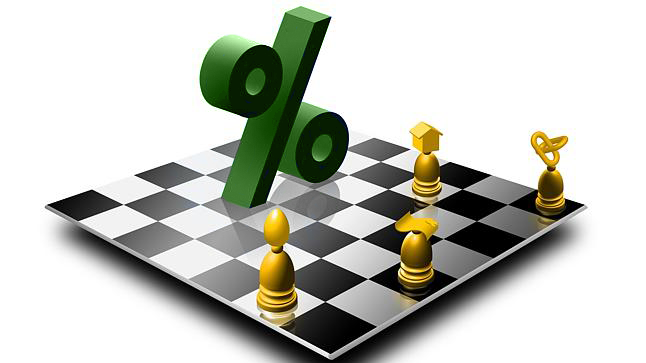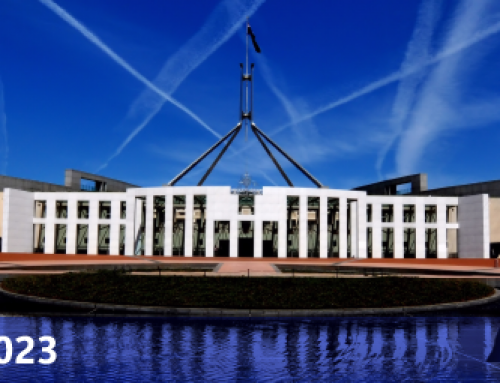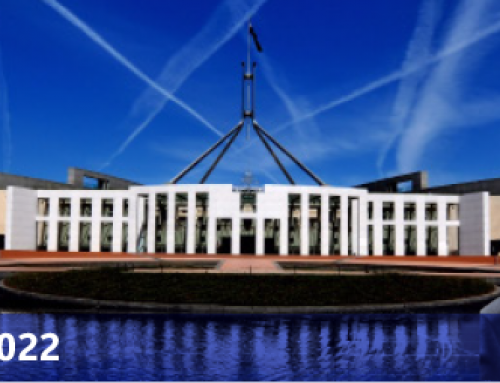Last month we discussed the fact that interest rates in Australia are now at an all-time low of 2.25%, and are expected to stay low for the medium term. Overall this change is positive for mortgage holders and businesses, yet a negative for retirees relying on interest income. The main drivers for further rate cuts would be to improve business confidence and/or boost economic growth.
This has prompted investors to question: Where is the best place to invest given that savings accounts and term deposits are averaging around the 3.0% mark?
Cash and fixed interest investments
Whilst returns on cash and fixed interest may be uninspiring in the current low interest rate environment (they are barely even beating inflation) it is important to consider the reasons investors hold cash and fixed interest. Investors look to these investments to balance out their portfolio, and reduce risk when they are also exposed to other more potentially volatile asset classes. This reasoning is still valid regardless of whether cash and fixed interest provides an attractive income.
The other times when investors look to these asset classes will be dependent on what stage of life they are at and their personal circumstances. For example, retirees will likely be more heavily weighted in cash and fixed interest due to a lower risk tolerance, and having a more short to medium term outlook for their investments. They don’t want to be worrying on a daily basis what the share or property market is doing.
Bonds
Fixed interest funds which are largely invested in Government bonds will tend to be providing an income return that is similar to cash, that is around 2.5% to 3.5% per annum. However, there is a risk that if interest rates increase there could be a fall in the capital value of these investments.
Fixed interest funds which are largely invested in corporate bonds will tend to be providing an income return slightly above cash, which is around 3.5% to 5.0% per annum. There is also a risk with these bonds that if the interest margin that companies have to pay to borrow money increases that there will be a fall in the capital value of these investments.
In our next newsletter we will look at investing in shares and listed property in a low interest rate environment.
Director’s Comment
The renowned Canadian born Harvard economics professor J “Ken” Galbraith, was often quoted as saying, “There are two kinds of forecasters: those who don’t know, and those who don’t know they don’t know.” As a humble economics graduate from Sydney University, I take solace from Galbraith’s quote knowing that trying to forecast where the stock market, interest rates or the exchange rate will be at a point in time in the future is bound to miss the mark. Hence what we try to do for clients is explain the factors at play so your investment strategy is appropriate for you and heads in the direction you need it to.
The current market factors include the almost surprising Reserve Bank Rate cut to 2.25% in February, the lowest level on record. This drove money into the Australian stock market as investors chase high dividend paying stocks which in turn raised stock prices. Other factors include the falling Australian dollar and falling world oil prices which help certain sectors in our economy such as exporters, construction and inbound tourism. Counteracting these is high unemployment, low commodity prices, a slowing China and a lack of confidence by Australian business and consumers. If the Australian economy is to grow, confidence must be higher and the upcoming May Federal budget will have a major bearing on this. We hope this year’s budget from Canberra reflects these objectives and gives the voters the confidence they are seeking.
Click here to download a copy of this newsletter as a PDF.







Leave A Comment
You must be logged in to post a comment.